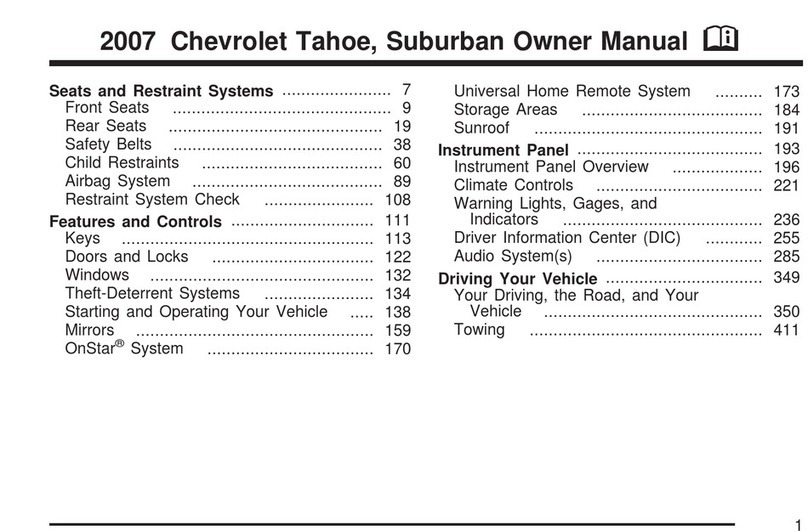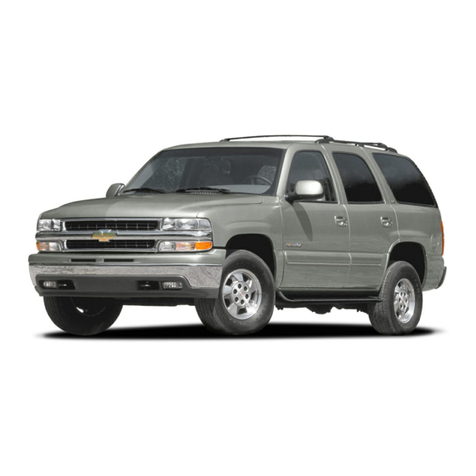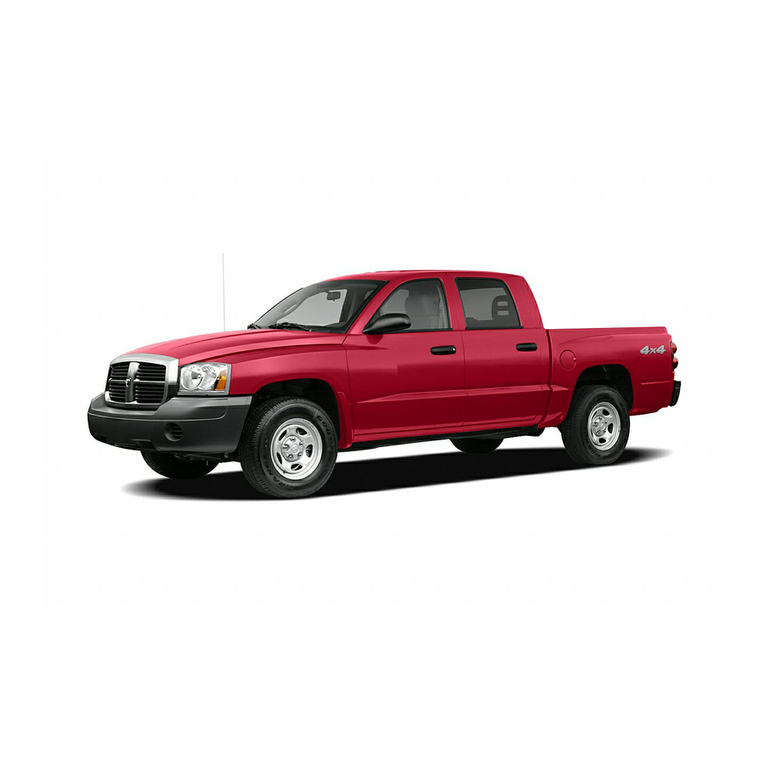Chevrolet TrailBlazer User manual
Other Chevrolet Automobile manuals
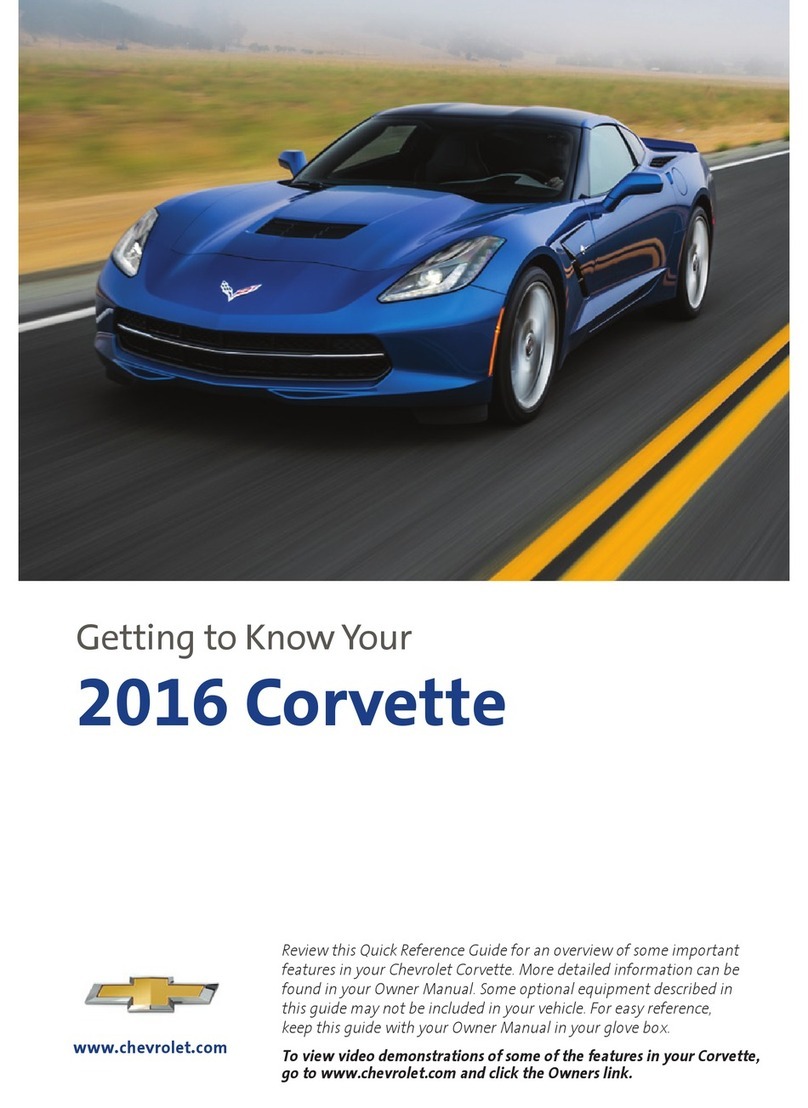
Chevrolet
Chevrolet Corvette 2016 Assembly instructions

Chevrolet
Chevrolet 2014 CORVETTE Assembly instructions
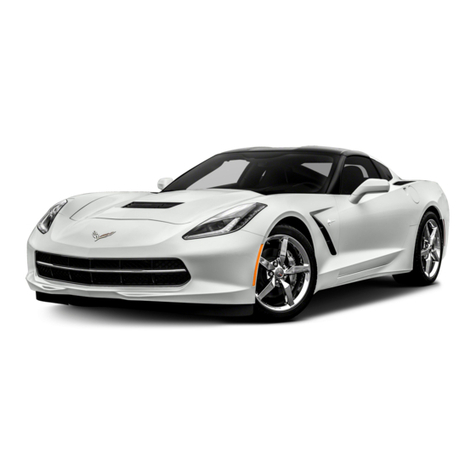
Chevrolet
Chevrolet Corvette 2017 User manual
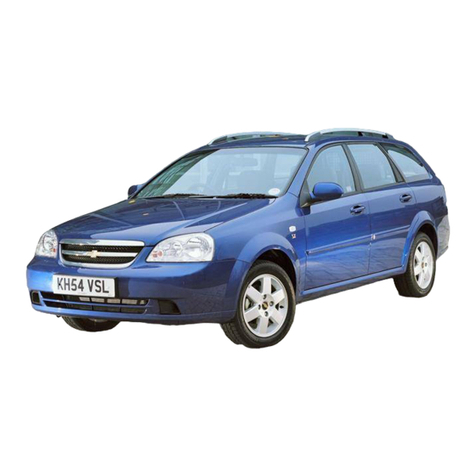
Chevrolet
Chevrolet LACETTI User manual
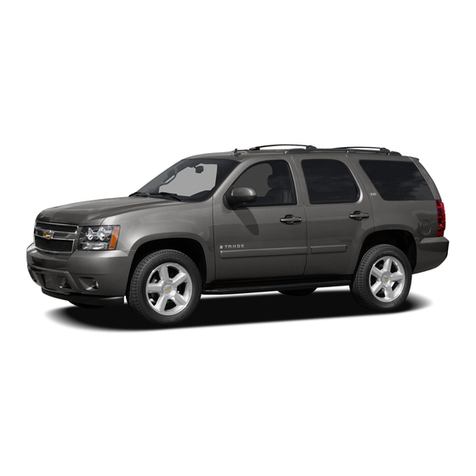
Chevrolet
Chevrolet 2007 tahoe Assembly instructions

Chevrolet
Chevrolet AVALANCHE - 2011 User manual

Chevrolet
Chevrolet Equinox User manual
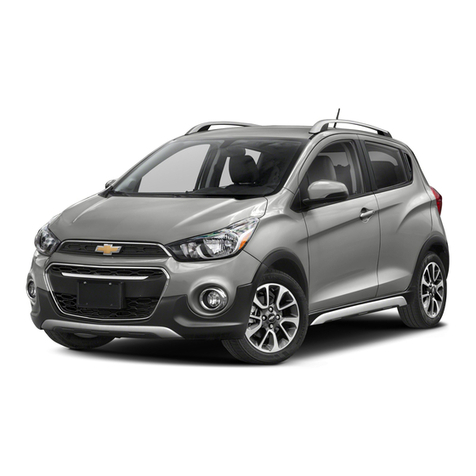
Chevrolet
Chevrolet Spark 2022 User manual

Chevrolet
Chevrolet Spark 2021 User manual
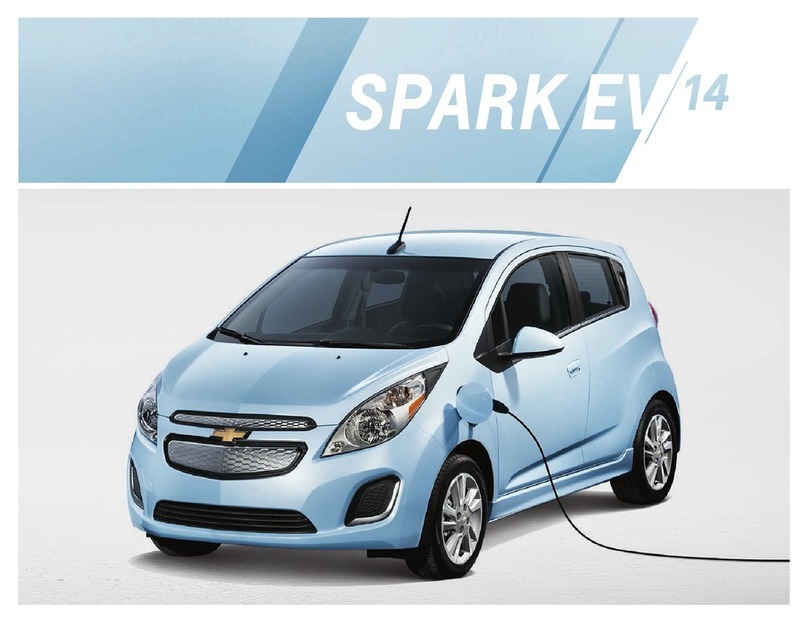
Chevrolet
Chevrolet Spark EV 2014 User manual
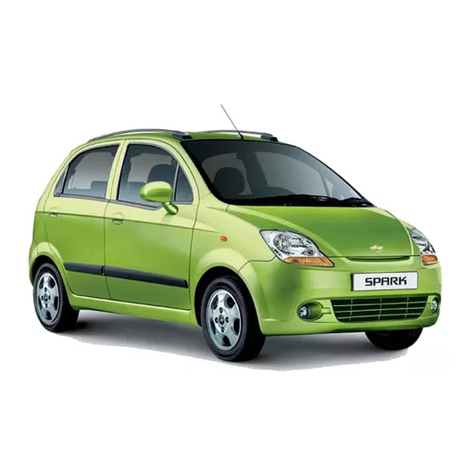
Chevrolet
Chevrolet 2014 SPARK LS User manual
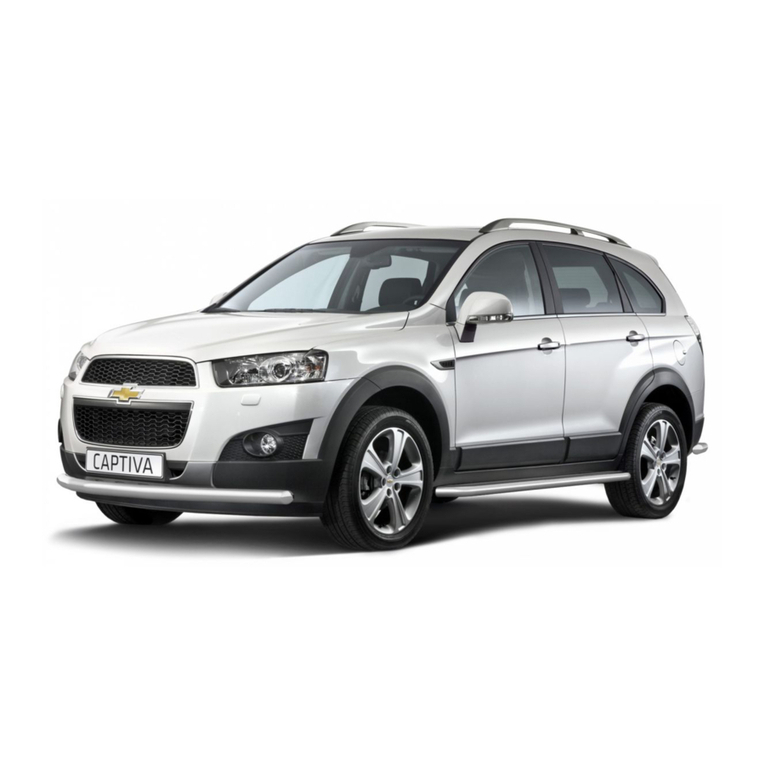
Chevrolet
Chevrolet CAPTIVA - S User manual

Chevrolet
Chevrolet Cobalt 2005 User manual
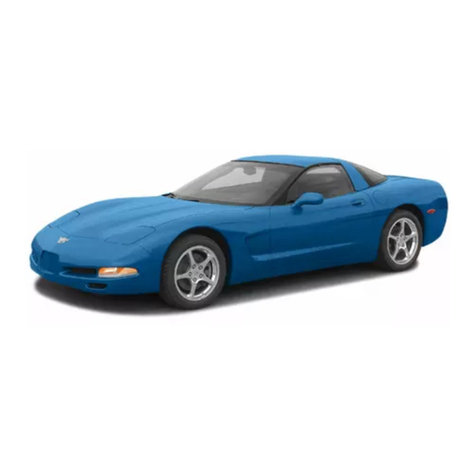
Chevrolet
Chevrolet 2003 Corvette User manual

Chevrolet
Chevrolet CORVETTE User manual

Chevrolet
Chevrolet Malibu 2024 User manual
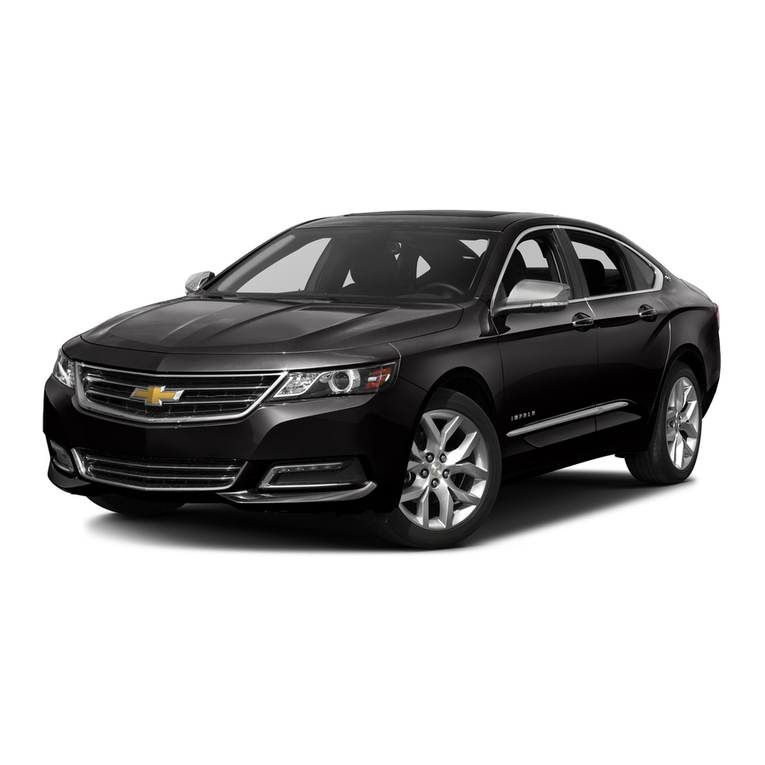
Chevrolet
Chevrolet Impala User manual

Chevrolet
Chevrolet 2004 Silverado 1500 Pickup User manual

Chevrolet
Chevrolet 2005 Colorado User manual
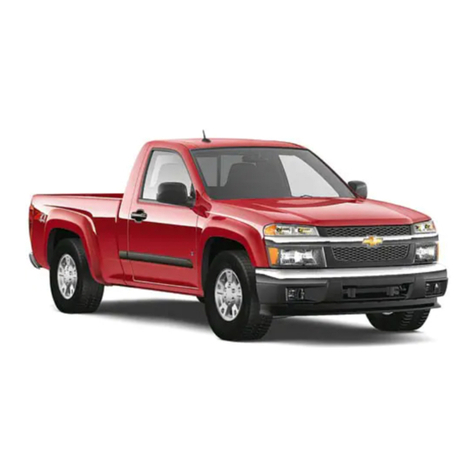
Chevrolet
Chevrolet 2007 Colorado User manual
